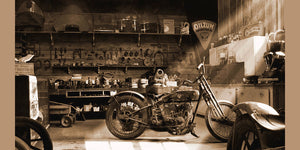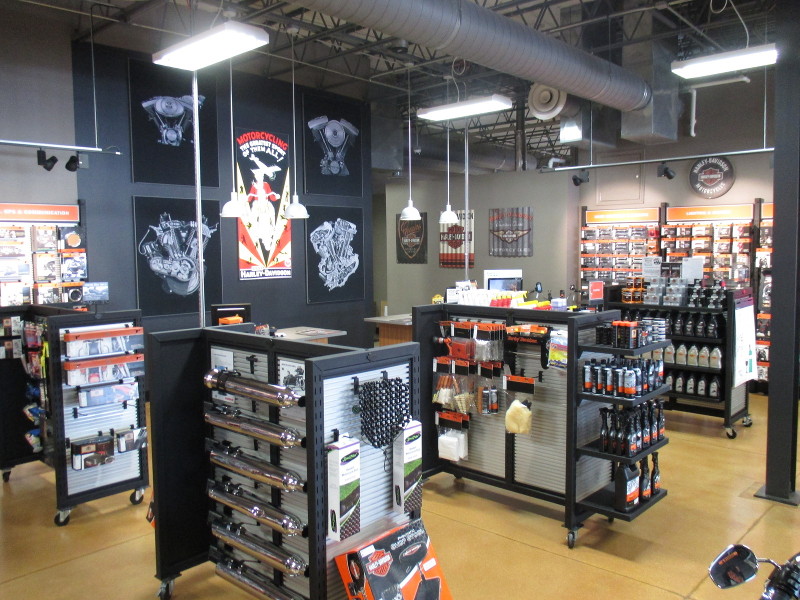Store the Best MX Parts NZ for Your High-Performance Bike
Store the Best MX Parts NZ for Your High-Performance Bike
Blog Article
Grasping Motorcycle Gears: How to Enhance Your Riding Experience
In the world of motorcycling, mastering the art of equipment adjustment is critical for boosting your riding performance. Appropriately using and comprehending bike gears can significantly influence velocity, gas, and control efficiency, changing a typical trip into a seamless, exhilarating journey.
Understanding Gear Mechanics
At the core of motorbike dynamics, equipment technicians play a critical function in converting engine power into motion, inevitably determining rate and control. The equipment ratios, carefully created, identify the relationship in between engine changes and wheel turns, influencing velocity and gas effectiveness.
Understanding equipment mechanics starts with acknowledging the relevance of the transmission, which houses numerous equipments of differing sizes. These gears connect via a process understood as meshing, where teeth of various gears involve to send power.
Additionally, the concept of gear shifting is important to optimizing efficiency. Smooth and prompt changes ensure that the engine operates within its optimal power band, protecting against unnecessary pressure and improving longevity (moto parts nz). By comprehending these mechanical complexities, motorcyclists can achieve a harmonious mix of control, performance, and power, raising their riding experience
Timing Your Changes
Change timing proficiency is important for optimizing motorcycle performance and enhancing the riding experience. Correctly timed changes ensure that the engine operates within its optimum power band, which is crucial for keeping control, attaining smooth velocity, and making certain the long life of the motorbike. Riders need to establish an instinctive feeling of when to shift equipments, which involves understanding the relationship between engine revolutions per min (RPM) and speed.
To master shift timing, pay attention to the engine's sound and really feel, as these offer crucial ideas concerning when to change equipments. The excellent shift point normally happens when the engine approaches the upper variety of its power band without getting to the redline. Changing prematurely can bring about an absence of power, while changing far too late might cause unnecessary engine pressure
Additionally, road conditions and riding design impact change timing. In contrast, during highway riding, less changes at higher rates can be extra appropriate.
Enhancing Fuel Efficiency
While understanding motorbike gears is critical for performance, enhancing gas efficiency is equally important for both economic and ecological reasons. Optimum fuel usage not only reduces operational costs yet also minimizes the eco-friendly impact of riding. To attain this, one have to recognize the detailed relationship in between equipment selection and engine efficiency.
To start with, choosing the right equipment at ideal speeds can substantially affect fuel intake. Riding in a higher gear at lower speeds can bring about engine hauling, which is detrimental to both gas economic situation and engine health. Conversely, riding in reduced gears at broadband leads to unnecessary gas consumption. Therefore, maintaining an optimal equilibrium by changing equipments in alignment with roadway problems and expected maneuvers is necessary.
Additionally, routine upkeep plays a critical function in gas effectiveness. Ensuring that the bike is well-tuned, with clean air filters and properly pumped up tires, can lower and boost aerodynamics gas wastage. In addition, taking on a riding design that welcomes gradual velocity and smooth deceleration can add to much better gas economy.

Methods for Smooth Transitions
Attaining smooth gear shifts is essential to boosting the riding experience and making sure the long life of a bike's transmission system. Appropriate equipment moving not only contributes to a smooth experience but also minimizes wear and tear on the mechanical components. To you can look here grasp the art of smooth transitions, riders must focus on a couple of key strategies.

Second of all, clutch control plays a crucial duty. Involving and disengaging the clutch efficiently requires method. The clutch bar should be launched gradually, enabling for a smooth transfer of power from the engine to the wheels without creating a jolt or sudden motion.

Adapting to Roadway Problems
Navigating varied roadway problems is a crucial ability for any kind of motorcyclist intending to keep control and security. Whether you're riding on damp surfaces, crushed rock roadways, or browsing doglegs, your capacity to adapt your equipment use and riding strategy is extremely important. Understanding just how to change your gears appropriately can substantially influence grip and stability, guaranteeing a more secure journey.
On wet roadways, it is suggested to maintain greater gears to lower torque and reduce wheel spin. This approach helps maintain grip on slippery surfaces, permitting for smoother velocity and deceleration. In comparison, when riding on gravel or uneven surface, reduced gears are better. Lower gears supply better control and allow you to react more quickly to unanticipated modifications in the road surface area.
Sharp curves my response demand specific gear administration to balance speed and control. Downshifting prior to going into a contour can assist keep momentum while ensuring the motorcycle continues to be stable throughout the turn. Constant practice in different conditions enhances your capacity to react and predict to changes in road texture and slope.
Conclusion
Mastering bike equipments dramatically enhances the riding experience by boosting fuel, acceleration, and control efficiency. A complete understanding of gear auto mechanics and specific change timing makes certain the engine operates within its ideal power band, while smooth transitions via efficient clutch and throttle sychronisation increase comfort and performance. Adapting equipment choice to numerous road problems, such as using higher gears on wet surface areas and reduced equipments on gravel, further improves handling and safety and security. Eventually, these abilities boost the overall journey.
Comprehending equipment auto mechanics begins with recognizing the value of the gearbox, visit the site which houses several equipments of differing dimensions. These equipments interact with a process known as meshing, where teeth of various gears involve to transmit power (motocross gear nz). Gentle adjustments to the throttle during gear shifts can stop jerky motions and keep a consistent riding pace
Whether you're riding on wet surfaces, crushed rock roadways, or browsing sharp turns, your capability to adjust your gear use and riding method is critical. Adjusting equipment selection to numerous road conditions, such as making use of higher gears on damp surface areas and lower gears on gravel, further enhances handling and safety.
Report this page